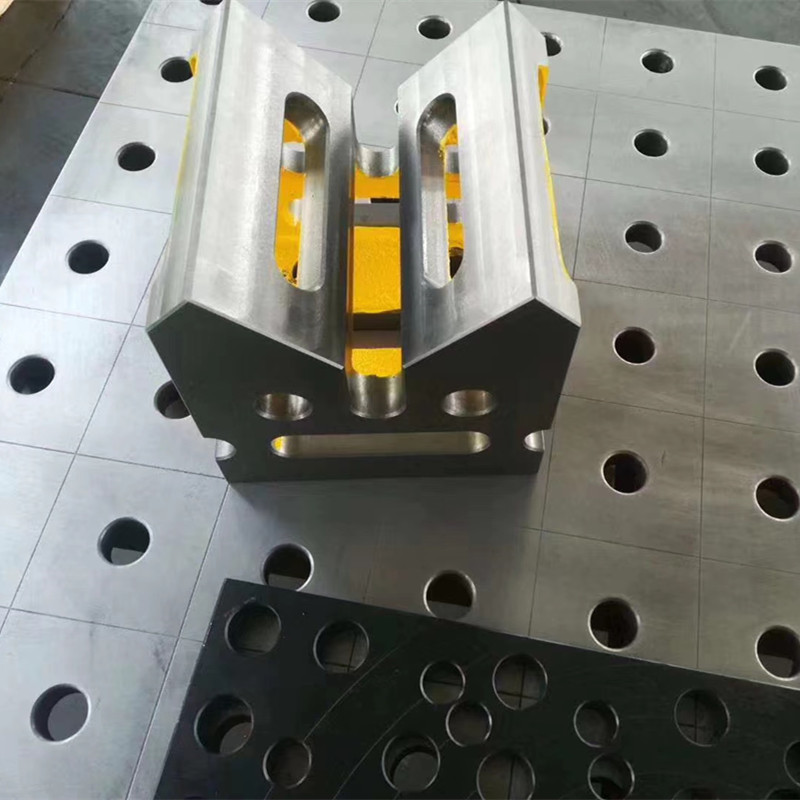wrz . 19, 2024 14:59 Back to list
different types of control valves and their applications
Different Types of Control Valves and Their Applications
Control valves play a crucial role in various industrial processes by regulating the flow of fluids, gases, or steam. They are essential for maintaining optimal operating conditions and ensuring system efficiency. Control valves come in several types, each designed for specific applications and functions. This article explores different types of control valves and their typical applications across industries.
One of the most common types of control valves is the globe valve. Characterized by its spherical body shape, globe valves provide excellent throttling capabilities, enabling precise flow control. They are commonly used in applications such as water distribution, steam systems, and chemical processing, where accurate flow regulation is critical. Their structure allows for easy maintenance and repair, making them a reliable choice for operators.
Another significant type is the ball valve, known for its quick opening and closing action. Featuring a hollow, perforated sphere (the ball), ball valves can stop or start flow with minimal pressure drop. They are widely used in oil and gas industries, water supply systems, and HVAC applications. Due to their durability and high reliability, ball valves are favored in situations where rapid flow control is necessary, such as in piping systems for dangerous or corrosive substances.
The butterfly valve is another essential control valve, particularly in large-scale applications. It features a rotating disc that can provide flow control. Butterfly valves are lightweight, cost-effective, and require less installation space compared to other types. They are commonly used in water distribution, wastewater management, and chemical processing where large volumes of flow need to be regulated efficiently.
different types of control valves and their applications

Diaphragm valves utilize a flexible diaphragm to control flow. These valves are particularly useful in applications requiring a high degree of sanitary conditions, such as the pharmaceutical and food industries. The diaphragm prevents the fluid from coming into contact with the valve components, reducing contamination risks and making them ideal for sensitive applications.
Pressure relief valves differ slightly from traditional control valves in that they primarily function to protect systems from overpressure. They automatically release pressure when it exceeds a predetermined threshold, preventing potential equipment failure. These valves are essential in various applications, from industrial boilers to hydrocarbon processing, ensuring safety and reliability.
Lastly, check valves are designed to prevent backflow in piping systems. They allow fluid to flow in one direction and automatically close when the flow reverses. Check valves are widely used in water and sewage systems, as well as in various industrial applications, to maintain the integrity of the system and prevent contamination.
In conclusion, the selection of the appropriate control valve type is critical to the efficiency and safety of industrial processes. Understanding the specific characteristics and applications of each type—be it globe, ball, butterfly, diaphragm, pressure relief, or check valves—enables engineers and operators to optimize their systems for better performance, reliability, and longevity. As technology evolves, the design and functionality of control valves continue to advance, meeting the increasingly complex needs of modern industries.
-
Why Metric Trapezoidal Thread is Ideal for Precision Motion ControlNewsAug.05,2025
-
The Unique Properties of a Block of Granite for Industrial UseNewsAug.05,2025
-
The Role of Flanged Y Strainers in Preventing Pipeline ClogsNewsAug.05,2025
-
The Importance of Regular Calibration for Master Ring GagesNewsAug.05,2025
-
How a Cast Iron Surface Table Enhances Accuracy in ManufacturingNewsAug.05,2025
-
Comparing Different Check Valve Types for Optimal Flow ControlNewsAug.05,2025
Related PRODUCTS









